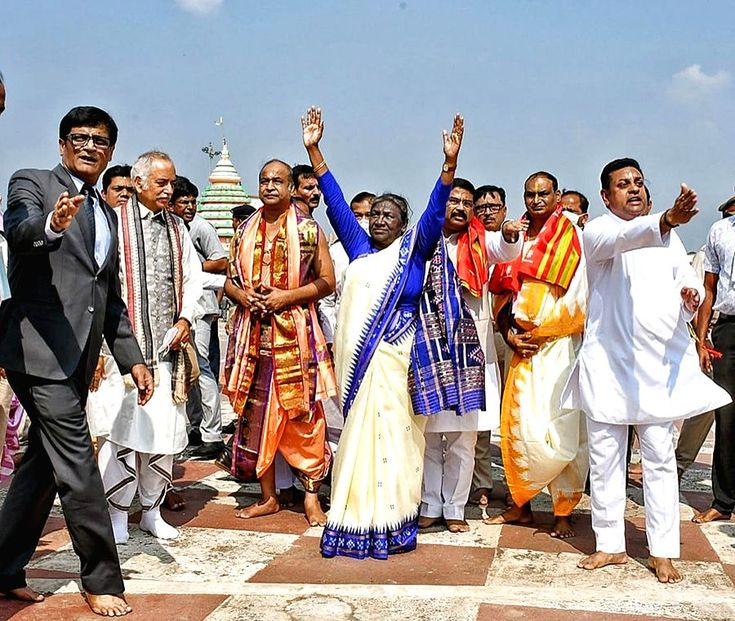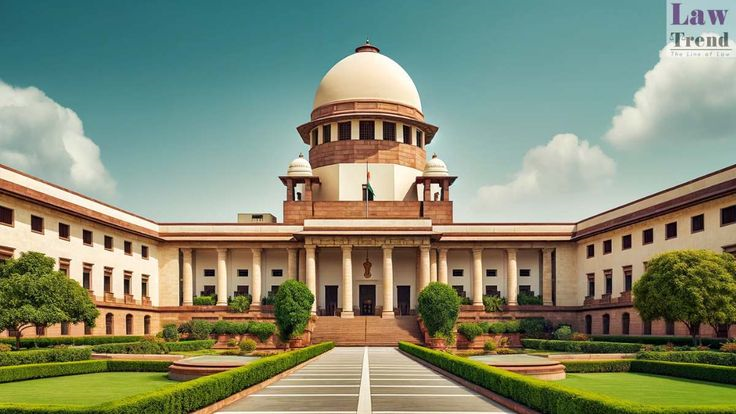Introduction and Constitutional Basis
The Original Jurisdiction of the Supreme Court of India refers to its authority to hear and decide cases directly, without requiring them to come through any lower court. This jurisdiction is conferred under Article 131 of the Indian Constitution. It primarily deals with disputes between the Union and one or more States, or between two or more States. The purpose of this provision is to maintain the federal balance and resolve conflicts that could disturb the unity of the nation. The jurisdiction is exclusive, meaning that such cases cannot be filed before any other court in India. It is an essential feature of the federal structure of the Indian judiciary.
Scope and Constitutional Provisions
Under Article 131, the Supreme Court has exclusive original jurisdiction in any dispute involving:
(a) The Government of India and one or more States,
(b) Two or more States, or
(c) The Government of India and one or more States on one side and other States on the opposite side.
However, this jurisdiction does not extend to disputes arising out of pre-Constitution treaties, agreements, or political issues. Apart from Article 131, the Court also exercises original jurisdiction under Articles 32, 143, and 131A, such as enforcement of Fundamental Rights and advisory jurisdiction. This power upholds the supremacy of the Constitution and preserves Centre-State harmony.
Importance and Constitutional Objective
The Original Jurisdiction of the Supreme Court ensures that federal disputes are resolved impartially at the highest judicial level. It plays a vital role in maintaining national integrity by providing a legal mechanism for States to settle disagreements with the Union or among themselves. This jurisdiction also strengthens the principle of rule of law, ensuring that all governmental actions remain within constitutional limits. By granting the Supreme Court this power, the framers of the Constitution intended to make it the guardian of federalism and the final arbiter in intergovernmental disputes.
Real-Time Example
A real-time example is the case of State of Karnataka v. Union of India (1977), where Karnataka challenged the setting up of a commission to investigate allegations against its Chief Minister. The Supreme Court, under Article 131, held that while the case was maintainable, the Centre’s action was within its administrative power. Another example is the State of Jharkhand v. State of Bihar (2015), where disputes over allocation of assets and liabilities after the bifurcation of Bihar were settled by the Supreme Court under its original jurisdiction. These cases show how Article 131 maintains federal equilibrium.
Mnemonic to Remember – “FED CASE”
F – Federal disputes resolved (Article 131)
E – Exclusive jurisdiction of Supreme Court
D – Disputes between Union and States
C – Constitutional harmony maintained
A – Advisory and Fundamental Rights powers (Articles 32 & 143)
S – States’ conflicts settled peacefully
E – Ensures rule of law in Centre-State relations
The mnemonic “FED CASE” helps recall that the Original Jurisdiction of the Supreme Court protects Federalism, Equality, and Dispute resolution—key pillars of India’s constitutional democracy.




